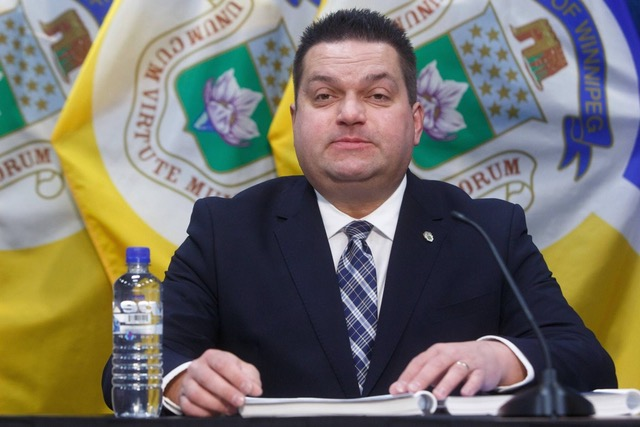
Well, folks, they did it - Winnipeg city council voted in favour of signing the Montreal Pledge for Cities United in Action for Biodiversity.
Signing the pledge marks a significant step forward in the fight to preserve urban biodiversity and reduce the pollution and pesticide use that can negatively impact animals and habitats within the city and its surrounding environment.
The route the pledge motion took to get to a council vote was circuitous to say the least. It went through at least four reviews and votes by two committees, before finally reaching a council vote on Wednesday July 13th . During that process, the only councillor to vote against the pledge motion was, you guessed it, our very own “Joe Councillor,” Jeff Browaty.
So let’s take a closer look at what Mr. Browaty was voting against, and what the rest of council and 61 other cities voted to support.
The chief objectives of the pledge center on actions that preserve or rehabilitate key urban wildlife habitats with the aim of reducing biodiversity loss. It also encourages cities to restore the connectivity between those habitats, creating nature corridors that reduce human-animal conflict and facilitate the safe movement of wildlife.
To achieve those goals, the pledge also asks cities to lessen or eliminate other biodiversity risk factors by reducing pesticide use by 2/3rds, eliminating plastic waste and reducing pollution.
No surprise that Mr. Browaty said “Nay” to the pledge, given that he presented a thus far failed motion to lift the city’s cosmetic pesticide ban.
But habitat preservation and restoration can’t happen in a vacuum and that’s where the pledge gets really exciting. What it ultimately asks is that cities to integrate biodiversity into their governance framework and policies, while increasing funding for conservation efforts. Even better it encourages cities to opt for nature based solutions to improve air and water quality.
So what does that mean in layman’s terms? It means that every city service and everything the city builds or approves for construction should be viewed through a biodiversity lens. If city council is looking to sell off land for development or approving road or house construction in a green space area, they’ll need to consider its impact on biodiversity. If the potential losses are too high, they may need to abandon the project or ask builders to find creative, nature-based solutions to mitigate the damage.
The pledge also encourages cities to consult with indigenous experts before implementing pledge actions and consider green space accessibility, especially for low income families and visible minorities.
Good news for inner city neighbourhoods where green spaces are few and far between.
Now, admittedly, no one is holding a gun to the city’s head to do this – the pledge has no monitoring or penalty system for a city that fails - but the fact that the mayor and city council were willing to sign the pledge indicates a shift in the dominant city hall paradigm. A paradigm that has consistently measured growth only in terms of what’s good for business, industry and trade as opposed to what’s good for people and the environment.
Of course a balance needs to be struck. But we can’t continue to consistently weight the scales in favour of development and construction, because the habitats the pledge seeks to protect, and the biodiversity they support, also support us, especially in a climate change context.
In fact all of those habitats, whether trees and intact forests, wetlands or native prairie grasslands, act as carbon sinks, absorbing the carbon dioxide we release that would otherwise accumulate in the atmosphere further accelerating climate change.
And the return on investment in nature doesn’t end with carbon capture. These habitats also offset the impact of the extreme weather associated with climate change, potentially saving cities millions of dollars. Something the city of Houston only recently discovered.
After devastating and costly floods between 2016 and 2021, Houston realized that destroying wetlands and forests to make way for development had had dire consequences. Their response was to restore what had been lost – using everything from reconstructed wetlands to abandoned golf courses turned into nature preserves, to offset the impact of future floods.
A win-win for both humans and wildlife and a project that encapsulates what the Montreal pledge is all about.
So please, take a moment to thank Councillors Cindy Gilroy and Brian Mayes for shepherding the Montreal Pledge motion through to a council vote. It’s a potentially historic action which could transform Winnipeg - a city with one of Canada’s lowest greenness scores - into richer, greener, more biodiverse city.
Now, we just need to ensure the 15 pledge actions become a reality.
Comments